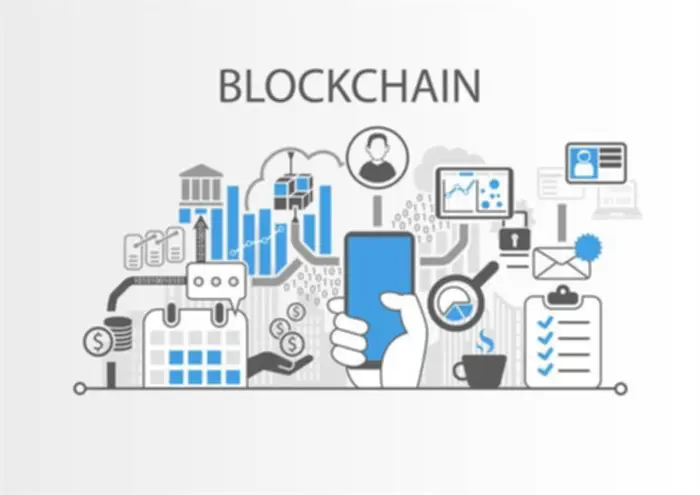Risk management involves implementing measures to scale back the probability or impression of potential risks. This might include definition of risk management methods corresponding to implementing security procedures, creating backup techniques, or employing preventative measures to scale back the probability of unhealthy outcomes. The danger management process is a framework for the actions that have to be taken. There are five fundamental steps that are taken to handle risk; these steps are known as the danger management process. It begins with figuring out risks, goes on to research risks, then the risk is prioritized, a solution is applied, and eventually, the chance is monitored. In manual systems, each step involves lots of documentation and administration.
Conventional Danger Administration Vs Enterprise Danger Management
This strategic alignment empowers businesses to harness the constructive features of danger, driving innovation and facilitating development in an increasingly complex and unpredictable market. Therefore, the first goal of threat administration is to boost decision-making processes, defend belongings, and reduce potential losses or antagonistic consequences to reach organizational objectives. Risk management and risk management are two essential elements of any organization’s efforts to handle threat. Understanding the distinction between the 2 is important to establish vulnerabilities, monitor risks overfitting in ml, and make informed decisions on managing danger successfully. 360factors empowers organizations to accelerate profitability, innovation and productiveness by predicting dangers and streamlining compliance.
How Monetary Danger Management Works
Others might be mitigated to scale back the potential unfavorable results, shared with or transferred to another get together, or prevented altogether. Risk management is the process of figuring out, assessing and controlling threats to a corporation’s capital, earnings and operations. These dangers stem from quite so much of sources, together with financial uncertainties, legal liabilities, technology points, strategic administration errors, accidents and natural disasters. Risk mitigation refers again to the strategy of planning and developing strategies and options to reduce threats to project objectives. A project group may implement risk mitigation strategies to establish, monitor and consider dangers and consequences inherent to completing a specific project, corresponding to new product creation. Risk mitigation also includes the actions put into place to deal with issues and results of these points regarding a project.

What’s A Risk Management Strategy?
Best practices may differ from trade to industry and project to project, however they all the time guarantee corporations don’t need to recreate the wheel, in the end reducing risks. With each initiative or project your company completes or abandons, there’ll inevitably be lessons to be learned. Conducting an analysis of risks versus rewards is a threat technique serving to corporations and project groups unearth the benefits and disadvantages of an initiative earlier than investing assets, time, or money. It’s not only in regards to the risks and rewards of investing funds to take on opportunities — it’s also about providing insight into the price of misplaced alternatives.
What Are 10 Kinds Of Threat Management Strategies?
For example, a fund manager may think that the power sector will outperform the S&P 500 and improve a portfolio’s weighting in this sector. If unexpected financial developments trigger power shares to sharply decline, the fund will underperform the benchmark. Drawing a line of greatest fit via the information points permits us to quantify the passive danger (beta) and the energetic danger (alpha). For instance, in addition to desirous to know whether a mutual fund beat the S&P 500, we also want to know its comparative risk.
- Business experiments as a threat management strategy are useful in operating ‘what-if’ eventualities to gauge completely different outcomes of potential threats or opportunities.
- By implementing a danger management strategy for such risks, companies can shield themselves from these risks and ensure they’re ready for any scenario.
- In doing so, they turn out to be proactive in identifying security dangers ahead of an occasion, somewhat than ready for a malicious and expensive breach to happen.
- The consequence or influence of noncompliance is usually a fantastic from the governing physique of that regulation.
When your corporation has a well-thought-out and developed threat management plan and acts on it, your clients can maintain a way of safety and confidence in your popularity and model. Your threat strategies and processes help you defend your brand and reputation by safeguarding these assets. It additionally ensures customers keep religion in your capacity to be there and ship the services and products to which you’ve dedicated. The result is a higher degree of customer satisfaction, buyer retention, and loyalty. By having your stakeholders map out and brainstorm potential risks, you can supplement your different danger identification processes by enhancing them with first-hand experiences and new ideas.
If we think of the enterprise world as a racecourse then the dangers are the potholes which every enterprise on the course should keep away from if they wish to win the race. Risk management is the method of figuring out all of the potholes, assessing their depth to understand how damaging they can be, after which preparing a strategy to keep away from damages. A small pothole may simply require the business to decelerate while a serious pothole will require the business to avoid it utterly. Managing the dangers which might be affecting the business is a important a half of this stability.
“When we take a look at the nature of the world … things change all the time,” Forrester’s Valente stated. Many phrases are used to define the varied aspects and attributes of threat management. When risks are shared, the possibility of loss is transferred from the person to the group. A company is a good example of threat sharing—several buyers pool their capital and each solely bears a portion of the risk that the enterprise may fail. Get insights to better manage the chance of a knowledge breach with the latest Cost of a Data Breach report.
One method to mitigate monetary losses related to worker misconduct is by implementing inside controls. According to Strategy Execution, inside controls are the insurance policies and procedures designed to ensure dependable accounting info and safeguard firm belongings. The three strains model developed by the Institute of Internal Auditors (IIA) provides another type of standardized approach to help governance and threat management initiatives. Organizations typically report their findings in a threat register, which helps track the dangers through the next steps of the danger management process. An instance of a threat register can be discovered in the NISTIR 8286A report cited above. It is necessary to note that risk management is an ongoing process and does not finish once dangers have been recognized and mitigated.

Risk management is a vital part of any group, and must be taken critically. Implementing proper threat management may help hold your group safe and safe. With these 4 steps, organizations can defend themselves from potential injury and losses. In a risk-reward evaluation, firms and project groups weigh the potential of one thing going mistaken with the potential benefits of an opportunity or initiative. This analysis can be accomplished by looking at historic information, doing research in regards to the alternative, and drawing on classes learned. Sometimes the danger of an initiative outweighs the reward; typically the potential reward outweighs the danger.
It encompasses a systematic and proactive method to identifying, assessing, responding to, and monitoring risks across various areas such as finance, operations, environment, safety, and popularity. Effective danger administration includes establishing risk management strategies, implementing danger control measures, and regularly reviewing and updating risk management processes. Project and operational risks are not unusual to most companies, but having danger administration processes and methods are important in figuring out your company’s strengths, weaknesses, opportunities, and threats (SWOT). Consider a multinational corporation that operates a complex provide chain with a quantity of vendors throughout varied countries. To handle this threat, the corporate chooses to switch a portion of the risk to a third get together by buying a comprehensive provide chain disruption insurance coverage coverage.

In explicit, it sits inside the mitigation and monitoring step of the danger administration framework. Our tools allow businesses to verify their third-party details on an ongoing basis (even when things change, similar to a new bank account has been opened). Trustpair helps firms within the United States automate their account validation and fulfill tasks by partnering with security. For lower-priority dangers, the danger administration team and the chief decision-makers may decide that the costs of preventing or mitigating dangers outweigh the potential impacts on the company’s bottom line.
This ongoing vigilance not only enhances resilience but additionally helps knowledgeable decision-making in response to evolving dangers and challenges. Mitigation methods contain developing plans to attenuate the influence of identified risks. This might embrace implementing preventive measures, creating contingency plans, or transferring the risk through insurance coverage.
Transform Your Business With AI Software Development Solutions https://www.globalcloudteam.com/ — be successful, be the first!
